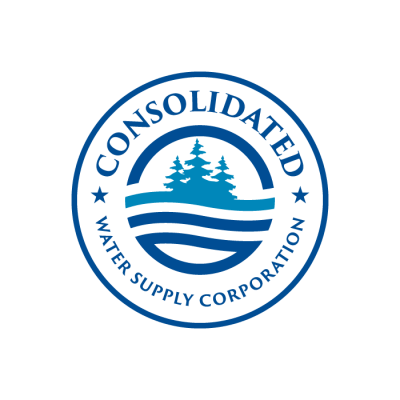To serve you better, we've assembled a list of our customers' most frequently asked questions. If you don't find your answer here, feel free to contact us.
How could I have used this much water?
You could possibly have a leaky toilet or faucet that's difficult to detect. The first step to solving the problem is checking the leak indicator (red dial) on the face of the meter. Common sources of high usage include landscaping during hot months, a forgotten faucet, and automatic watering devices for livestock (which are prohibited cross-connection devices without proper backblow prevention). Call the office and we'll work with you to narrow down the problem.
What do I do if I am experiencing low pressure?
Check the leak indicator (red dial) on your meter and the surrounding area for possible leaks. Next, call our office and report low pressure for your area.
Why is my water discolored?
A repair could have been completed recently allowing air to enter the line, causing the milky appearance. Contact the office to report water quality concerns.
What chemicals does our utility district add to the water?
Only chemicals that are approved by the National Safety Foundation for treatment of drinking water.
My water tastes, looks, and smells funny. Is it safe to drink?
All public water systems are required to maintain a minimum chlorine level of 0.2 mg/L (tested at the end of each line) by state law. Systems that use chloramine as a disinfectant must maintain a level of 0.5 mg/L by state law. Our disinfectant levels are tested daily to ensure safety. You may be detecting residual disinfectant in the water. Report water quality changes to the office so we can investigate your concerns.
Why does debris come out of the faucet when running hot water?
Most likely your water heater needs to be flushed. CAUTION: Most manufacturers recommend hiring a professional to flush your water heater. If you plan on doing this yourself, read the owner's manual to avoid injury or damage to the water heater.
Why do I have a previous balance when I know I sent in my payment?
We may have received it after the due date or we may not have received it at all. Call our office and we will help you solve the problem.
How much water will I lose if I have a leak?
Water loss due to a leak is largly dependent on line pressure and severity of the break. See examples below.
Water Loss in Gallons at 60 psi (pounds per square inch)
Leak this Size Loss per Month Approximate Cost
1/32" 6,000 gal $32.40
1/16" 25,000 gal $135.00
1/8" 100,000 gal $540.00
1/4" 400,000 gal $2,160.00

